Natto is a traditional, exquisite Japanese food. It's made from boiled soy sprouts that have fermented in a natural starter culture. Natto possesses a sharp aroma and specific taste that doesn't appeal to everyone. Only a true connoisseur of exotic cuisine would appreciate it.
Japanese from the eastern provinces have been eating natto since 3000 BC and continue to do so today. This food is rich in vitamins A, B, C, K2 and the nattokinase enzyme.
Among the minerals found in it are calcium, magnesium, iron, phosphorus and copper. Consumption of it has been correlated with numerous health benefits. Natto benefits the bones, teeth and hemoglobin in red blood cells.
Natto is an excellent food for any vegetarian, as it provides up to 15 mg of high-quality proteins per serving. As well, it's recommended for vegans because the calcium and iron in it are some of the hardest to get for the body, especially for individuals eating only foods that are entirely plant-based.
This Japanese food is one of the best sources of vitamin K, which lowers the risk of abnormal blood clots, thereby protecting against heart attack and stroke.

Then there's vitamin K2, which is essential for women who want to keep their bones strong and healthy during and after menopause, as well as maintain heart health.
Natto is an alternative food for anyone who loves soya but is sensitive to it. During the fermentation process, the difficult to digest proteins are lowered to a minimum.
In addition it has no gluten, in contrast to the tremendous amount of fiber. Consumption of natto improves digestion and protects against colon cancer.
This unique Japanese food is a natural source of probiotics. Besides aiding digestion, they strengthen the immune system also. In this way it fights bacteria and inflammation, making it particularly suitable for people with rheumatoid arthritis
Natto is consumed chiefly in Japan, due to its specific taste. But if you decide to include it in your menu you have many options. You can prepare a whole variety of dishes, both traditional Japanese ones and ones more adapted to Western tastes.
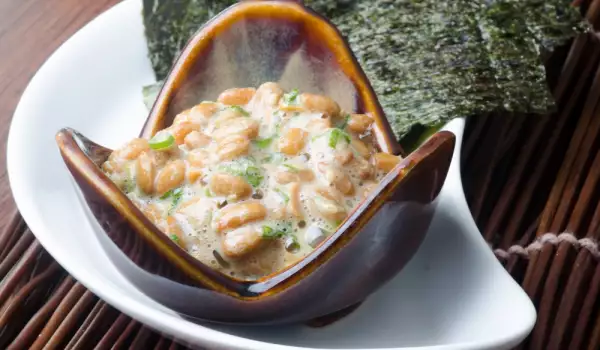
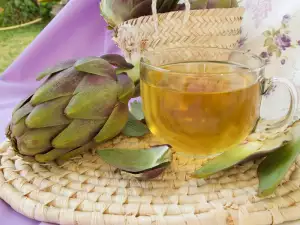

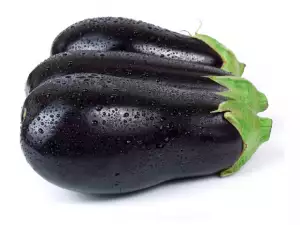

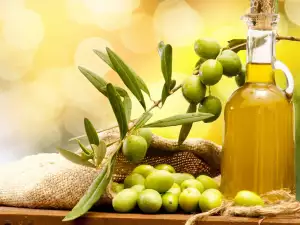
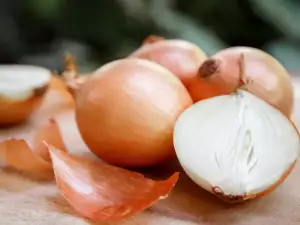






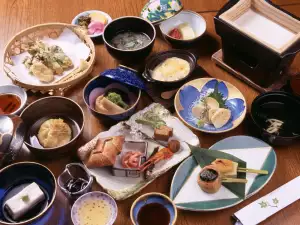






Comments